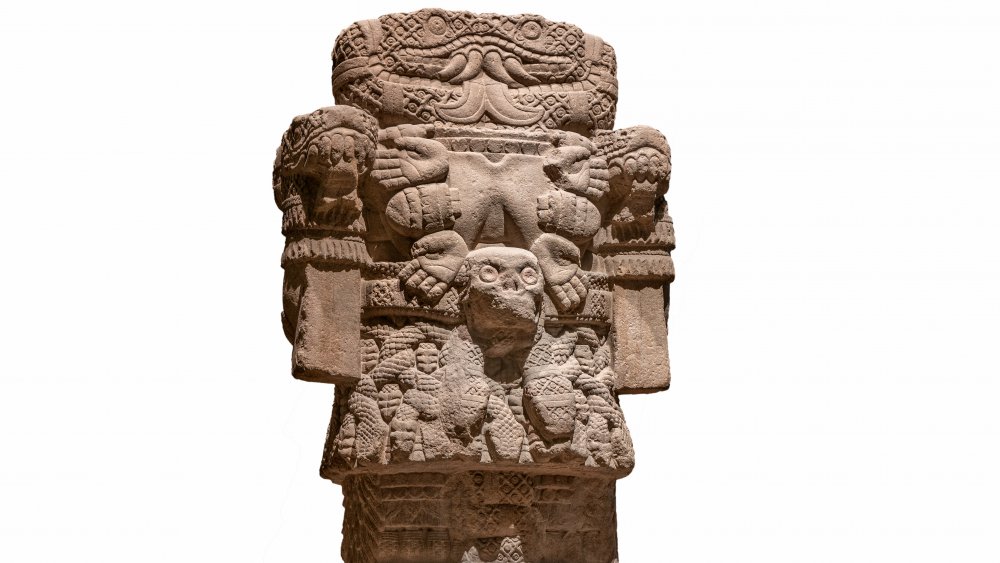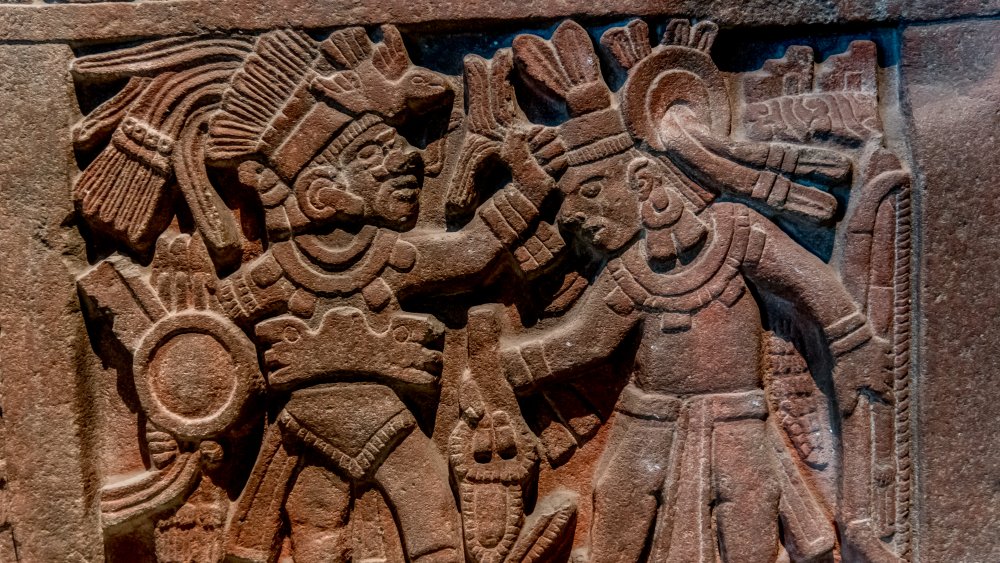What Life Was Like For Women In The Aztec Empire
The Aztec Empire was relatively short-lived. As the Ancient History Encyclopedia tells us, the city-states of what is now Central Mexico began to compete with one another, for resources and for political dominance. Around 1430 CE an alliance had formed between three of the major cities, ruled by a central high king. An advanced and aggressive military strategy led to control of Northern Mexico — about 135,000 square kilometers and about 11 million people prior to the arrival of the Spanish.
Aztec society was highly stratified into classes. At the bottom were slaves; then commoners — a sort of all-encompassing middle class. The largest section of Aztec society were the farmers, themselves divided roughly into two parts: the laborers who did the grunt work of planting, hoeing, and so forth, and those who orchestrated the labor — somewhat akin to horticulturists — responsible for the overall production, supervising seeding, transplanting, crop rotation, and similar duties. The grunt labor didn't own land, and handed over a large percentage of their agricultural proceeds to the landowners. They were also expected to participate in civic works, like building roads, and serving in the army.
There were gender roles, but of equal importance
A field called "radical archaeology" has been casting new light on gender roles within Aztec civilization. As the Vassar College website explains, women and men were considered to be different, but of equal importance to Aztec society. "Both genders could hold authoritative position within the market," for instance, and women controlled "wealth and assets," evidenced by remaining Aztec artwork.
The importance of women was not just related to commerce. Some Aztec deities were represented as female. In terms of family life, children were cared for by both parents: women raised the girls, men raised the boys. History Crunch relates that while women performed household tasks — meals, repairing clothing — they also engaged in commerce, working as artisans and selling their goods. Weebly adds that women functioned as midwives, a respected role that included helping to deliver children, but also offering advice and encouragement to other mothers. Women might also serve religious functions as priestesses, caring for temples and participating in various rituals. This was not necessarily a lifetime gig; some women left their religious roles to start families.
As Vassar further notes, "Although there was sexism in Aztec gender roles as there is today (women doing indoor work, men doing outdoor), the differences in child-rearing, power structures, and deities are important to note..."

